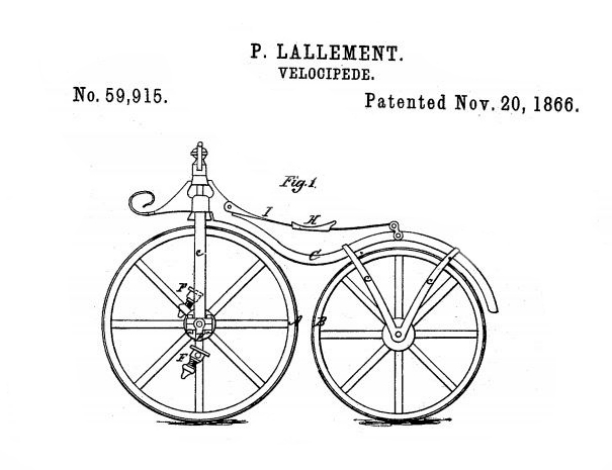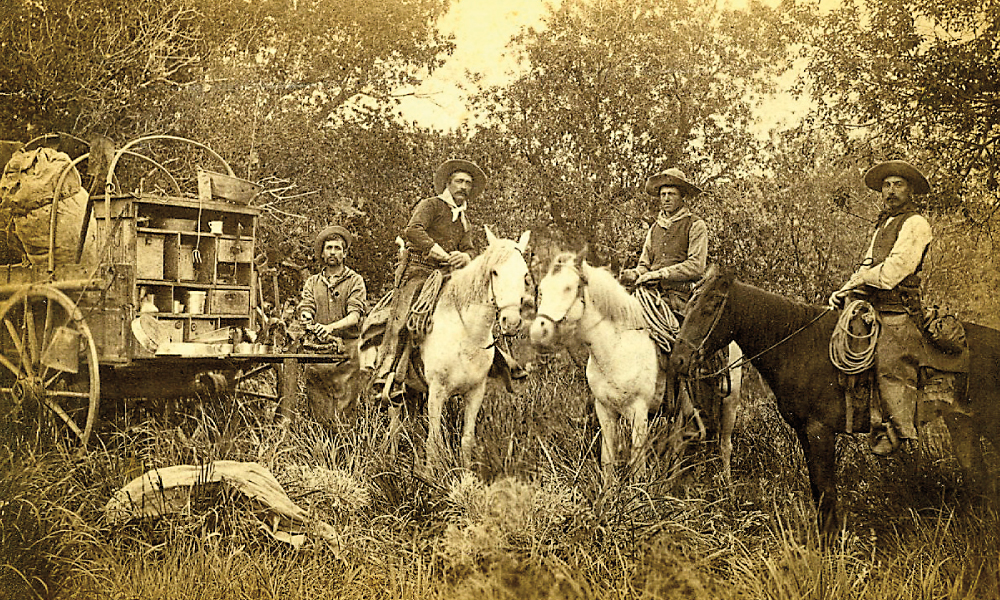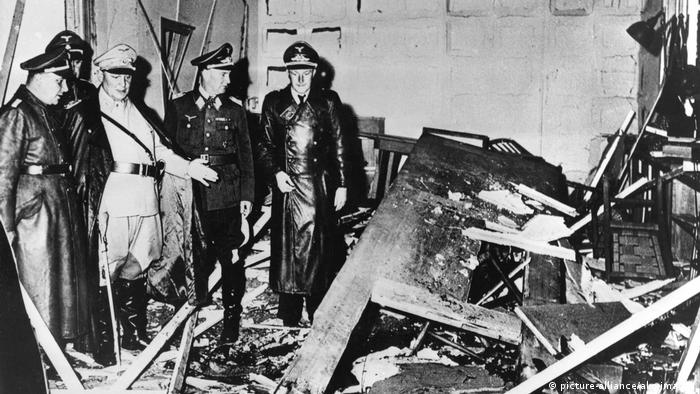
Neil Armstrong walks on moon
At 10:56 p.m. EDT, American astronaut Neil Armstrong, 240,000 miles from Earth, speaks these words to more than a billion people listening at home: “That’s one small step for man, one giant leap for mankind.” Stepping off the lunar landing module Eagle, Armstrong became the first human to walk on the surface of the moon.
The American effort to send astronauts to the moon has its origins in a famous appeal President John F. Kennedy made to a special joint session of Congress on May 25, 1961: “I believe this nation should commit itself to achieving the goal, before this decade is out, of landing a man on the moon and returning him safely to Earth.” At the time, the United States was still trailing the Soviet Union in space developments, and Cold War-era America welcomed Kennedy’s bold proposal.
In 1966, after five years of work by an international team of scientists and engineers, the National Aeronautics and Space Administration (NASA) conducted the first unmanned Apollo mission, testing the structural integrity of the proposed launch vehicle and spacecraft combination. Then, on January 27, 1967, tragedy struck at Kennedy Space Center in Cape Canaveral, Florida, when a fire broke out during a manned launch-pad test of the Apollo spacecraft and Saturn rocket. Three astronauts were killed in the fire.
Despite the setback, NASA and its thousands of employees forged ahead, and in October 1968, Apollo 7, the first manned Apollo mission, orbited Earth and successfully tested many of the sophisticated systems needed to conduct a moon journey and landing. In December of the same year, Apollo 8 took three astronauts to the far side of the moon and back, and in March 1969 Apollo 9 tested the lunar module for the first time while in Earth orbit. Then in May, the three astronauts of Apollo 10 took the first complete Apollo spacecraft around the moon in a dry run for the scheduled July landing mission.
At 9:32 a.m. on July 16, with the world watching, Apollo 11 took off from Kennedy Space Center with astronauts Neil Armstrong, Edwin Aldrin Jr., and Michael Collins aboard. Armstrong, a 38-year-old civilian research pilot, was the commander of the mission. After traveling 240,000 miles in 76 hours, Apollo 11 entered into a lunar orbit on July 19. The next day, at 1:46 p.m., the lunar module Eagle, manned by Armstrong and Aldrin, separated from the command module, where Collins remained. Two hours later, the Eagle began its descent to the lunar surface, and at 4:18 p.m. the craft touched down on the southwestern edge of the Sea of Tranquility. Armstrong immediately radioed to Mission Control in Houston, Texas, a famous message: “The Eagle has landed.”
At 10:39 p.m., five hours ahead of the original schedule, Armstrong opened the hatch of the lunar module. As he made his way down the lunar module’s ladder, a television camera attached to the craft recorded his progress and beamed the signal back to Earth, where hundreds of millions watched in great anticipation. At 10:56 p.m., Armstrong spoke his famous quote, which he later contended was slightly garbled by his microphone and meant to be “that’s one small step for a man, one giant leap for mankind.” He then planted his left foot on the gray, powdery surface, took a cautious step forward, and humanity had walked on the moon.
“Buzz” Aldrin joined him on the moon’s surface at 11:11 p.m., and together they took photographs of the terrain, planted a U.S. flag, ran a few simple scientific tests, and spoke with President Richard M. Nixon via Houston. By 1:11 a.m. on July 21, both astronauts were back in the lunar module and the hatch was closed. The two men slept that night on the surface of the moon, and at 1:54 p.m. the Eagle began its ascent back to the command module. Among the items left on the surface of the moon was a plaque that read: “Here men from the planet Earth first set foot on the moon–July 1969 A.D–We came in peace for all mankind.”
At 5:35 p.m., Armstrong and Aldrin successfully docked and rejoined Collins, and at 12:56 a.m. on July 22 Apollo 11 began its journey home, safely splashing down in the Pacific Ocean at 12:51 p.m. on July 24.
There would be five more successful lunar landing missions, and one unplanned lunar swing-by, Apollo 13. The last men to walk on the moon, astronauts Eugene Cernan and Harrison Schmitt of the Apollo 17 mission, left the lunar surface on December 14, 1972. The Apollo program was a costly and labor intensive endeavor, involving an estimated 400,000 engineers, technicians, and scientists, and costing $24 billion (close to $100 billion in today’s dollars). The expense was justified by Kennedy’s 1961 mandate to beat the Soviets to the moon, and after the feat was accomplished ongoing missions lost their viability.

INVENTIONS & SCIENCE
1865
Pierre Lallement, inventor of the bicycle, arrives in the U.S.
On July 20, 1865, a Frenchman named Pierre Lallement arrives in the United States, carrying the plans and components for the first modern bicycle. Lallement constructed and patented the first bicycle in the United States.

CRIME
2012
Aurora shooting leaves 12 dead, 70 wounded
On July 20, 2012, gunman James Holmes started a mass shooting at a movie theater in Aurora, a Denver suburb, killing 12 people—the youngest a 6-year-old girl—and injuring at least 70 others.

ART, LITERATURE, AND FILM HISTORY
1963
Jan and Dean’s “Surf City” hits #1
“Two girls for every boy!” went the immortal opening line from Jan and Dean’s “Surf City,” the song that reached the top of the U.S. pop charts on July 20, 1963. It was a claim that wasn’t actually supported by the facts.

NATIVE AMERICANS
1881
Sitting Bull surrenders
Five years after General George A. Custer’s infamous defeat at the Battle of the Little Bighorn, Hunkpapa Teton Sioux leader Sitting Bull surrenders to the U.S. Army, which promises amnesty for him and his followers. Sitting Bull had been a major leader in the 1876 Sioux uprising.

SPACE EXPLORATION
1976
Viking 1 lands on Mars
On the seventh anniversary of the Apollo 11 lunar landing, the Viking 1 lander, an unmanned U.S. planetary probe, becomes the first spacecraft to successfully land on the surface of Mars. Viking 1 was launched on August 20, 1975, and arrived at Mars on June 19, 1976.

U.S. PRESIDENTS
1969
President Nixon watches first lunar landing
On July 20, 1969, President Richard Nixon, along with millions of others, watches as two American astronauts walk on the moon. Later that evening, Nixon recorded succinctly in his diary “the President held an interplanetary conversation with Apollo 11 astronauts Neil Armstrong.

WESTWARD EXPANSION
1889
Homesteaders murdered by Wyoming ranchers
Having made the mistake of homesteading on land previously controlled by a Wyoming cattle king, homesteaders Ella Watson and James Averell are accused of rustling and hanged. As the days of the open range cattle industry faded, conflicts between powerful western cattle barons.

ART, LITERATURE, AND FILM HISTORY
1973
Actor and martial-arts expert Bruce Lee dies at age 32
On July 20, 1973, the actor and martial-arts expert Bruce Lee dies in Hong Kong at age 32 from a brain edema possibly caused by a reaction to a prescription painkiller. During Lee’s all-too-brief career, he became a movie star in Asia and, posthumously, in America.

NATURAL DISASTERS & ENVIRONMENT
1977
Second great flood hits Johnstown
A flash flood hits Johnstown, Pennsylvania, on July 20, 1977, killing 84 people and causing millions of dollars in damages. This flood came 88 years after the infamous Great Flood of 1889 that killed more than 2,000 people in Johnstown.
CRIME
1984
A serial-killing couple is apprehended
Alton Coleman and Debra Brown are apprehended in Evanston, Illinois, after a particularly vicious two-month crime spree that left eight people dead and many more injured. Coleman had been added to the special eleventh slot on the FBI’s Ten Most Wanted List.
 COLD WAR
COLD WAR1948
President Truman issues peacetime draft
President Harry S. Truman institutes a military draft with a proclamation calling for nearly 10 million men to register for military service within the next two months. Truman’s action came during increasing Cold War tensions with the Soviet Union.

WORLD WAR II
1944
Assassination plot against Hitler fails
On July 20, 1944, Hitler cheats death as a bomb planted in a briefcase goes off, but fails to kill him. High German officials had made up their minds that Hitler must die. He was leading Germany in a suicidal war on two fronts, and assassination was the only way to stop him.
Comments
Post a Comment